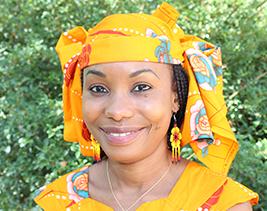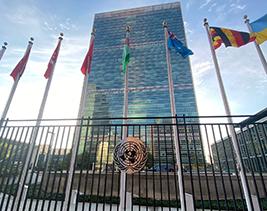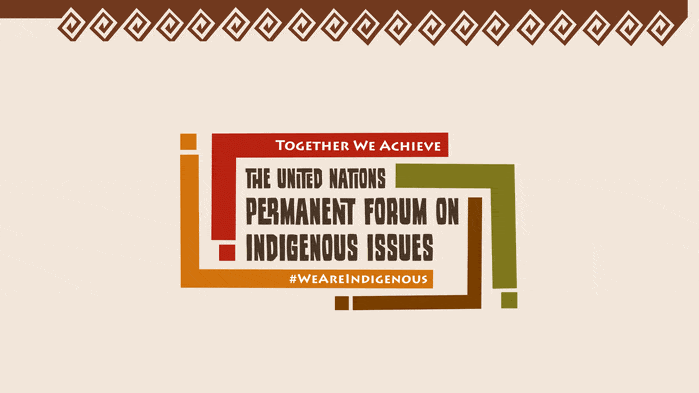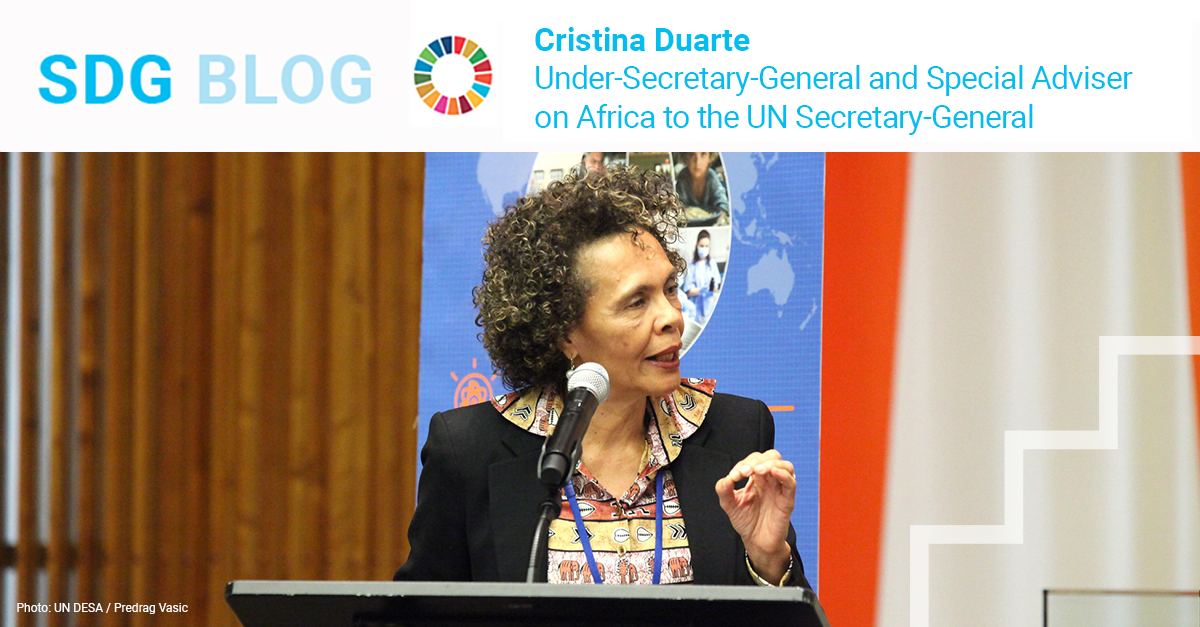COP30 WRAP UP
The 30th United Nations Climate Change Conference (COP30), which concluded last week, signaled a global shift toward implementation. Together with global partners and allies, IRENA demonstrated how commitments can be translated into concrete action on the ground, with the goal of catalysing just and inclusive energy transitions by raising ambition and scaling up investments.
IRENA’s pavilion, the Global Renewables Hub jointly hosted with the Global Renewables Alliance (GRA), provided a lively platform for engaging exchanges with IRENA Members, partners and guests.
Released to inform the global finance discourse, Global Landscape of Energy Transition Finance 2025 revealed a new record of USD 2.4 trillion in energy transition investments in 2024, but these were highly concentrated in advanced economies, leaving emerging and developing countries behind.
In a bilateral meeting with UN Secretary-General António Guterres, IRENA Director-General Francesco La Camera briefed him on progress towards the UAE Consensus goals to triple renewable capacity and double energy efficiency by 2030, and reaffirmed the Agency’s commitment to strengthening regional cooperation and boosting energy transition finance.
Launched at COP30, IRENA’s new Regional Energy Transition Outlook South America highlights the vast opportunities for economic growth, innovation, and energy security across the region through cooperation and the scale of investment. The region could significantly grow its GDP while creating more than 12 million jobs in the energy sector by 2050.
As a group of the world’s leading power utilities, the Utilities for Net Zero Alliance (UNEZA), facilitated by IRENA, aims to address key investment barriers, particularly in grids and flexibility. At COP30, UNEZA announced increased investment commitments of nearly USD 150 billion annually, with a major focus on grid infrastructure.
For more on the COP30 takeaway and IRENA’s insights on ways forward, please read this article. Please also see below IRENA’s latest data and activities in support of the climate objectives discussed at COP30.
Read more here: https://www.irena.org/Events/2025/Nov/IRENA-at-COP30






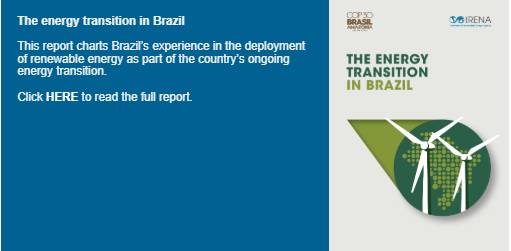
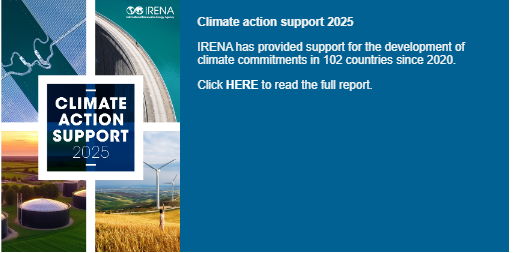
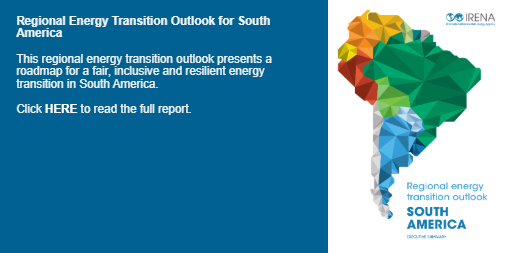


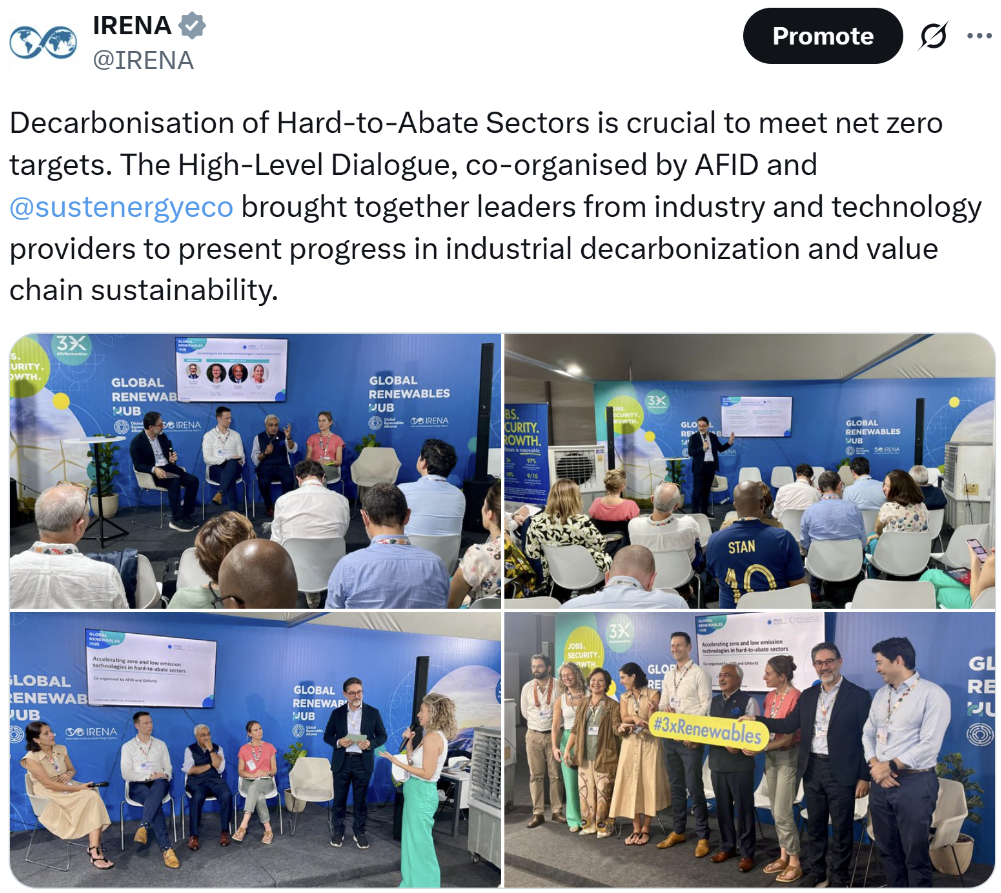
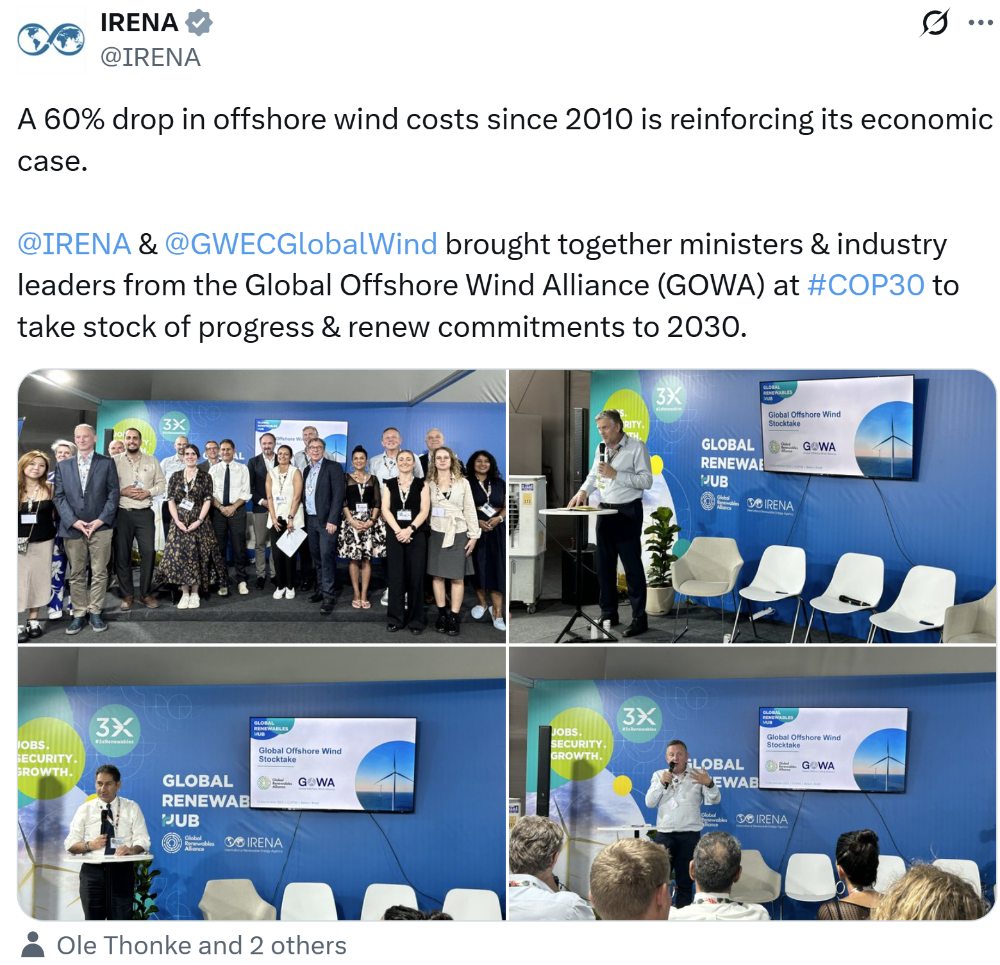





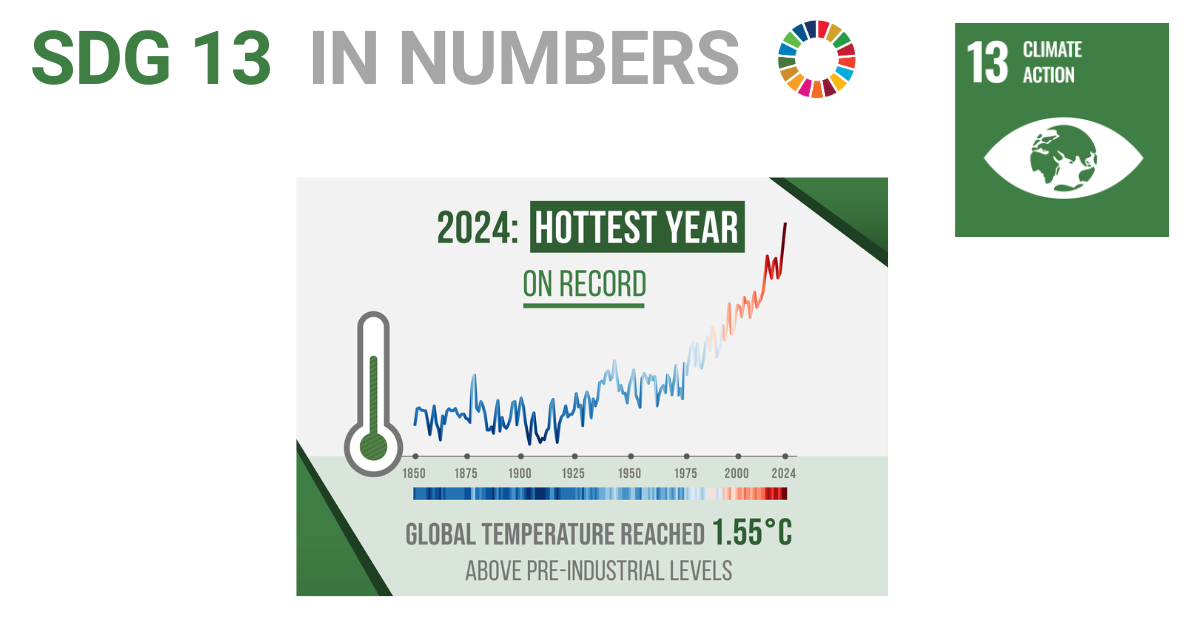




 Photo c/o Constantino Foundation
Photo c/o Constantino Foundation